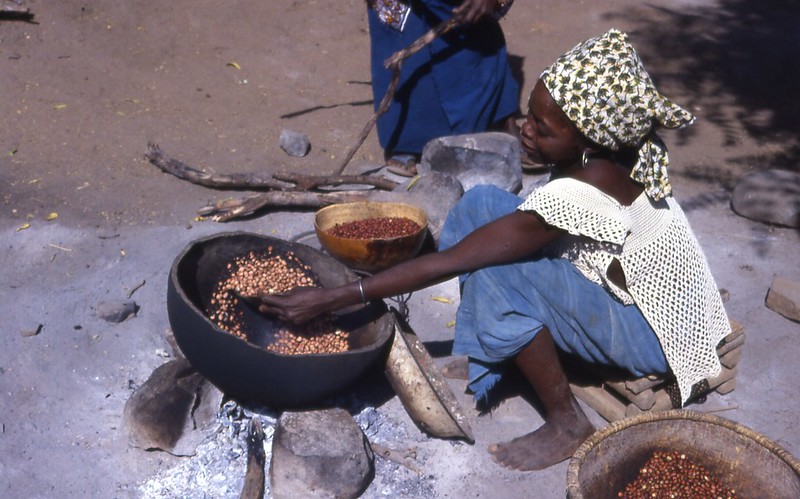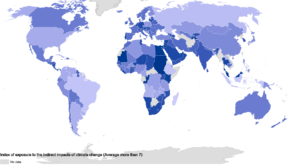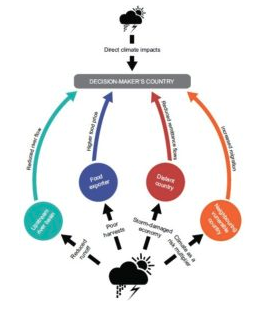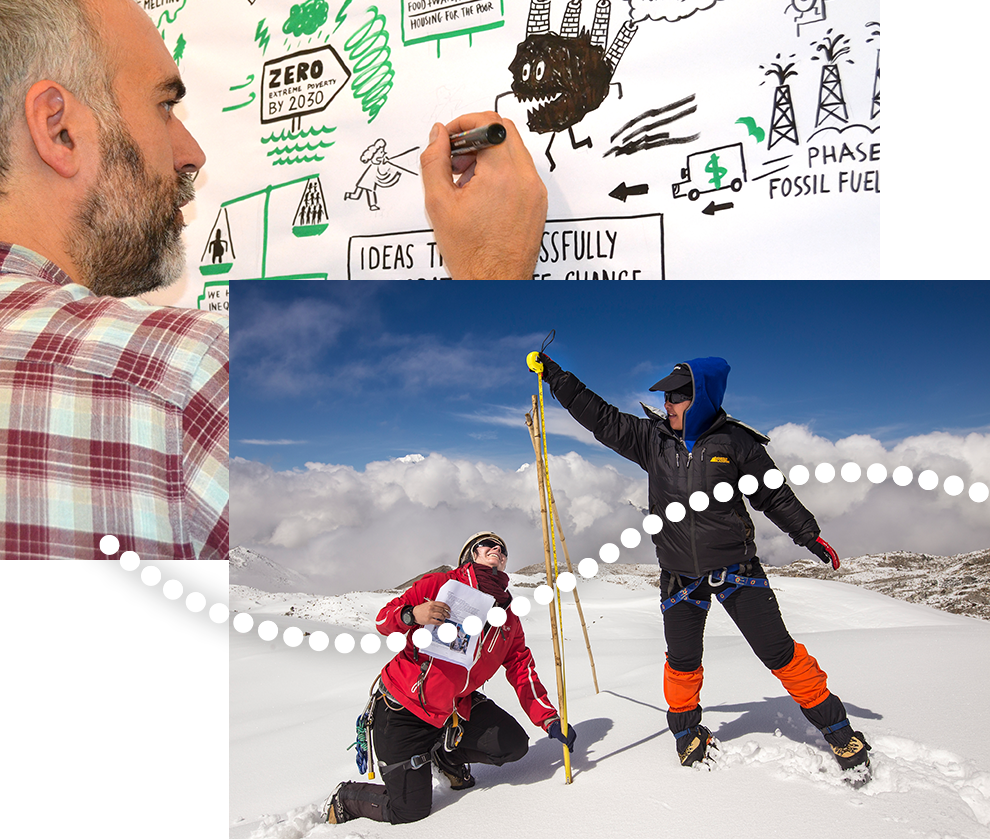Adaptation without borders? Preparing for indirect climate change impacts

Introduction
A two-year SEI project has produced a package of resources that highlight the need to look beyond national boundaries in adaptation planning, and explain how policy-makers can start identifying and addressing indirect climate risks.
Climate change mitigation is clearly a global challenge: every country has a role to play, but none can, on its own, prevent climate change on its territory. Adaptation, however, typically takes a more ground-up approach: each country, province and town identifies the particular set of risks that it faces, and develops strategies to address them. As the adage goes, “all adaptation is local”.
But is it really?
SEI Research Fellow Magnus Benzie, who has advised governments on adaptation for several years, began to worry that by focusing so narrowly on the national and sub-national levels, adaptation planners were missing major climate risks beyond their countries’ borders.
“In today’s hyper-connected world, no one adapts to purely local processes or impacts,” he says. People, goods and resources are constantly moving across borders, and that means a drought, flood or storm in one place can easily affect another. Yet national assessments, adaptation plans and strategies rarely even mention indirect climate change impacts – much less how to address them.
That was the gap that Benzie and colleagues set out to fill with “Adaptation without Borders”, a two-year project launched in 2013 to raise awareness of the international dimension of climate risks and develop tools to help decision-makers understand and address indirect climate risks.
As the SEI team spoke with experts, policy-makers and various stakeholders, Benzie says, “almost everyone recognized the problem we were describing”. Yet most struggled to apply that insight: to identify specific risks, find ways to mitigate them, and incorporate them in national adaptation plans.
A new perspective
Another early insight, Benzie says, was that indirect impacts are not just a concern for rich countries that may not be very vulnerable to direct impacts – but also to poor countries.

“Part of the original motivation for our project was to explore and highlight the level of interdependence between rich and poorer countries in terms of climate risks,” Benzie says. A key output of the project was the Adaptation without Borders Index of Exposure, which explores the characteristics of national economies that expose them to indirect climate risks via four main pathways: trade, finance, people and bio-physical.
As expected, rich countries and emerging economies ranked high on the index. “There is such a huge gap there that we really need to address it urgently,” Benzie says. “It is criminally under-appreciated in research and debates about climate policy in rich countries.”
But the index also showed that indirect impacts are a major problem for many least developed and developing countries that are already highly vulnerable to direct impacts.
“Perhaps this shouldn’t be surprising,” Benzie says. “In today’s world, poor countries are often more dependent on and affected by other countries than richer ones. Think about where most refugees end up, about how important cross-border trade (including “unofficial” trade) is to many African and Southeast Asian countries; about how small island states get their water, fuel and food.”
The view from Senegal
To further explore this perspective, Benzie and guest researcher Adam John travelled to Senegal, a country that depends heavily on rice imports and was hit hard by the 2008 food crisis.
Rice provides about 30% of calories in Senegalese diets, eclipsing locally grown staples such as millet, sorghum and cassava, which have fallen out of favour with urbanization and changing lifestyles. Senegal has good conditions to grow rice, but consumers strongly prefer imported rice, which is considered higher-quality and a better value.
Concerned about food security, Senegal has set out to achieve self-sufficiency in rice. In a new discussion brief, Benzie and John examine the pros and cons of this approach – both for Senegal, and for import-dependent countries in general – and recommend a more diversified strategy instead. Given that direct climate impacts also pose threats, countries can best reduce their food systems’ vulnerability by balancing imports with domestic production, and growing a diverse array of crops.

Resources for national planners
Along with the food security brief, key project outputs include a brief explaining the concept of indirect impacts and the four key risk pathways; a brief explaining how countries can address indirect risks in their National Adaptation Plans; and three films from Senegal. Peer-reviewed papers are also in the works, to contribute to the research literature. All the materials are available on a new theme page on weADAPT.
“In the Swedish tradition, we’re offering a smorgasbord – hopefully there is something for everyone – but this isn’t a heavy main course: that will come later,” Benzie says. “The idea is to create a space where people can learn about indirect impacts and begin to incorporate this thinking into the work they do. We want to start a conversation.”
Looking ahead
SEI’s work on indirect impacts continues, on multiple fronts. One project is focusing on the globalized Swedish forestry sector, and also applying the Adaptation without Borders framework at the national level; another is exploring the indirect impacts of climate change in Central Asia on China and Russia under high-end scenarios.
SEI is also looking at governance of adaptation in a globalized world (Åsa P Formas page) and at the application of methods from private-sector supply chain management to inform public-sector assessments of complex transboundary supply chain risks.
In addition, many of the issues identified in Adaptation without Borders will be taken forward in the new SEI Initiative on Producer-to-Consumer Sustainability, where SEI’s trade-related modelling tools will be applied to look in more spatial detail at the distribution of risks and responsibilities in complex global supply chains, including from a climate change perspective.

Comments
There is no contentYou must be logged in to reply.